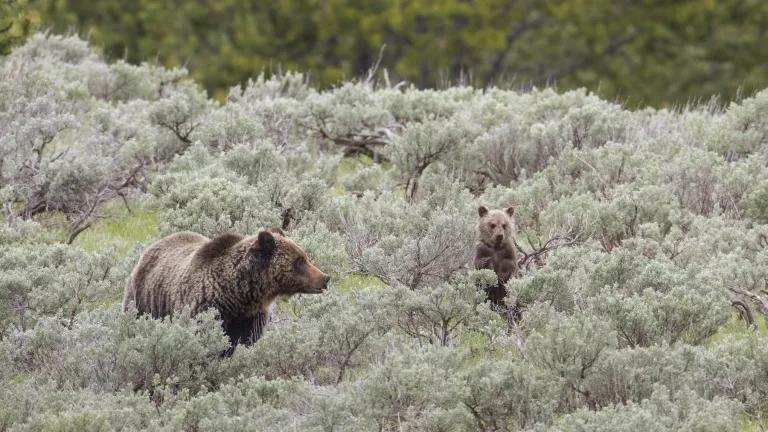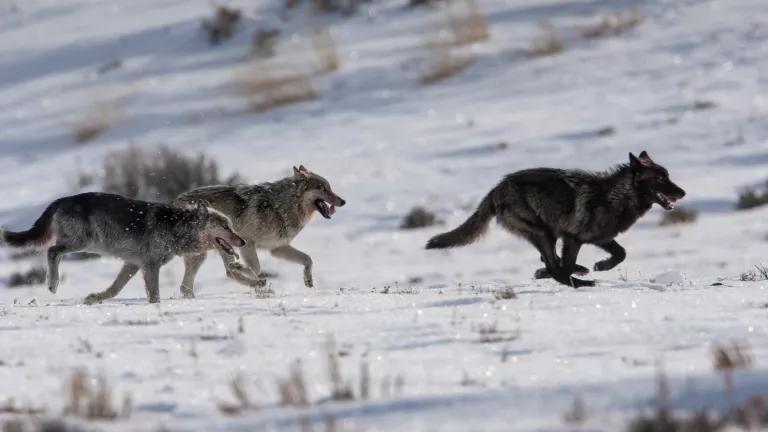Grizzly Bear Advisory Council Report Makes Strong Case Against Hunting
The suggestions, if enacted, would meaningfully advance grizzly recovery in the state

Montana’s Grizzly Bear Advisory Council was formed last year to develop recommendations about how the state should manage grizzlies in the future. The Council recently released its final report. The report includes many thoughtful, unanimously supported suggestions that, if enacted, would meaningfully advance grizzly recovery in the state.
However, a major issue on which the Council was unable to reach consensus was whether grizzlies should be hunted. A majority of the Council members favored a future hunt, while several other members opposed the idea. The report therefore includes both a list of considerations and guidelines in support of an eventual hunt, and a separate list of reasons why a hunt would not make sense.
The opponents of hunting make the more convincing case.
They point to scientific evidence indicating that hunting would be unlikely to reduce human-bear conflicts or increase human safety, in part because hunting does not target “problem” grizzly bears.
They explain that hunting bears would impede their movement and much-needed connectivity between recovery zones—contrary to the Council’s own agreed-upon vision of landscapes in Montana “that accommodate grizzly bear presence and connectivity.”
They note that studies (see pages 6-8) suggest increased conflict-prevention measures and public education—not hunting—would increase social acceptance of the bears.
They explain that hunting would not generate meaningful revenue and could “jeopardize support for alternative funding mechanisms”—such as a voluntary wildlife stamp offered to the general public that would pay for certain aspects of grizzly bear management like nonlethal conflict-prevention measures.
And they rightly observe that grizzly hunting could prove “socially divisive at a time when Montanans need to work together in support of conservation, management, and those challenged with living with grizzlies.”

The Council members who supported a hunt did not explain why hunting would be necessary. They did not explain how hunting would solve any grizzly-related challenges or achieve any grizzly bear conservation goals.
On the contrary, those members agreed that hunting wouldn’t help with conflicts, stating, “We acknowledge that hunting is not likely to be an effective tool for conflict prevention or reduction.”
They also claimed that allowing the hunting of grizzlies could build support for grizzly management with hunting organizations, but did not seem to recognize that it could undermine support from the much larger non-hunting community—in Montana and across the country.
They encouraged “the take of bears where the desired outcome is lower bear density” in areas where “management challenges are significant.” Montanans who live and work in grizzly country often face real challenges living with the bears. However, the most effective way to prevent human-bear conflicts is through the use of targeted, tested measure (see pages 5-8) such as electric fencing, scare devices, and guard dogs, not shooting bears at random.
We appreciate the enormous amount of time and effort all of the Council members devoted to discussing these complex issues and producing their final report. We also agree with and applaud the great majority of the report’s recommendations—and will work to see many of them enacted. But the evidence makes clear that hunting grizzlies would be unnecessary, unhelpful, and contrary to the Council’s important goals of full recovery, connected populations, and effectively addressing conflicts.



